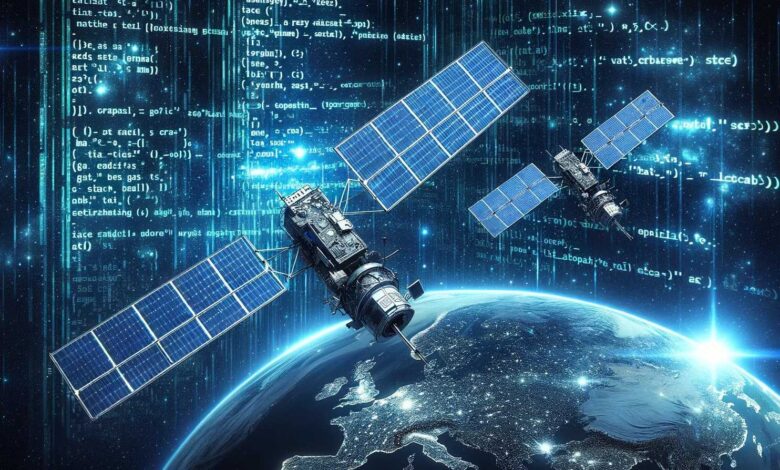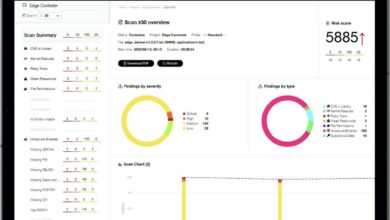Understanding Cybersecurity in Outer Space – Center for Security Studies

On 24 February 2022, hours before the invasion of Ukraine, a cyberattack targeted Viasat’s KA-SAT satellite network, which was used by the Armed Forces of Ukraine. The attack was designed to prevent Ukraine from using space to respond to the invasion, but it also created ripple effects throughout Europe, affecting thousands of civilian customers across the continent, including critical infrastructures. This attack shed light on the vulnerability of space systems to cyber threats.
Satellites, like any digital object, can be hacked. However, because they are so removed from most people’s daily experience, it can be easy to overlook just how much societies rely on them. If GPS were to be unavailable, the economic impact in the US alone could reach 1 billion USD per day. A cyberattack on a satellite may significantly disrupt financial markets, road transportation, weather forecasts, internet connection, electricity grids, air control, and military operations simultaneously.
While this threat is not new, the risks have increased due to the digitalization of space systems and the space sector at large. Satellites are now frequently equipped with software components and are connected to the internet. In addition, most processes in the design, manufacturing, testing, launch, and operations of satellites rely on digital technologies. For example, recently the first Bluetooth connection to a satellite over 600 km away was established. Satellites can therefore be regarded as expensive computers flying in orbit, which can be hacked like any other connected device. This has led to an extension of the attack surface, which refers to all the entry points that can be exploited by an attacker to disrupt, damage, disable, or take control of a satellite. The inherently adverse nature of outer space (e.g., long distance from Earth, cosmic rays, extreme temperatures, radiation) creates a set of unique policy, legal, technical, and commercial challenges in a sector that has long overlooked cyber threats. In addition, the cybersecurity of space systems is not limited to the satellite in orbit but comprises the supply chain, the user, ground, and space segments throughout their entire lifecycles, creating additional layers of complexity.
This analysis will look at the evolution of the telecommunications sector, the evolution of the threat landscape in space, the specific cyber threats affecting space systems, and the policy, regulatory, and commercial issues that come with them. Finally, this paper will provide an outlook on how Switzerland may seek to address these vulnerabilities.



